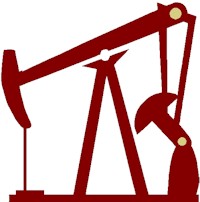Regulations on hydraulic fracturing and other oil and gas well stimulation techniques were issued  in final form July 1 by DOGGR as required by Senate Bill 4.
in final form July 1 by DOGGR as required by Senate Bill 4.
The agency also certified a statewide Environmental Impact Report on well stimulation. The EIR concludes that environmental impacts of stimulation techniques can be reduced to the level of “less than significant” if mitigation measures, including use of recycled water and enhanced well cementing, are taken.
[ Click here to download the regulations. ]
DOGGR (the Department of Conservation’s Division of Oil, Gas, and Geothermal Resources) said the new regulations, which replace interim rules that had been in effect for 18 months, “bolster transparency, reporting requirements and groundwater protection.”
Key provisions of the new regulations include:
- Well stimulation projects must be permitted by DOGGR and reviewed by the State Water Resources Control Board to determine whether groundwater monitoring is required and, if so, how best to do so;
- Approval to conduct well stimulation treatment is contingent upon engineering review and well integrity evaluation, to ensure that the treatment is confined to the intended geologic zone;
- Neighboring parties must receive advance notification of projects, and can request that their water quality be tested to establish a baseline;
- Chemicals used in the process must be disclosed;
- Post-stimulation reports must be filed, including the amount of water used and the source of that water;
- Seismic monitoring must take place during well stimulation operations.
“In drafting these regulations, we examined a tremendous amount of thoughtful stakeholder input and took a thorough look at regulations throughout the U.S.,” said State Oil and Gas Supervisor Dr. Steven Bohlen. “The regulations now in effect in California are comprehensive, and will protect the environment, drinking water, and public health and safety.”
